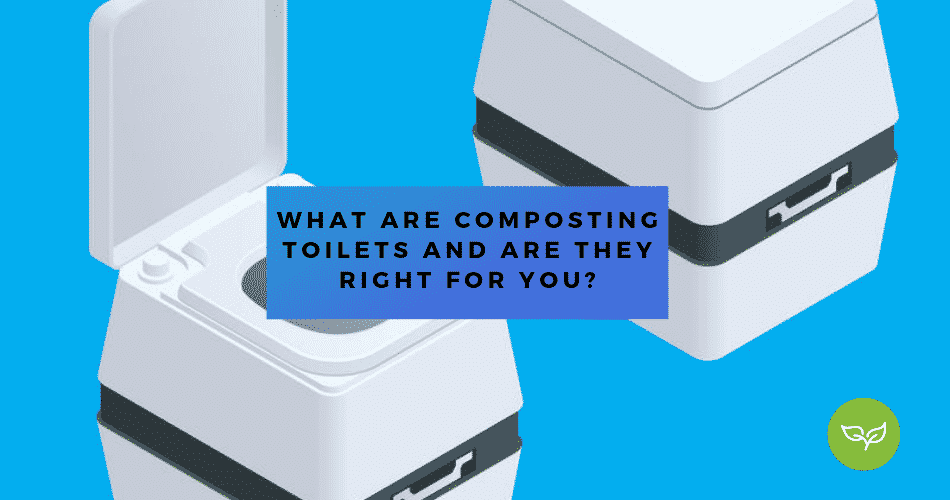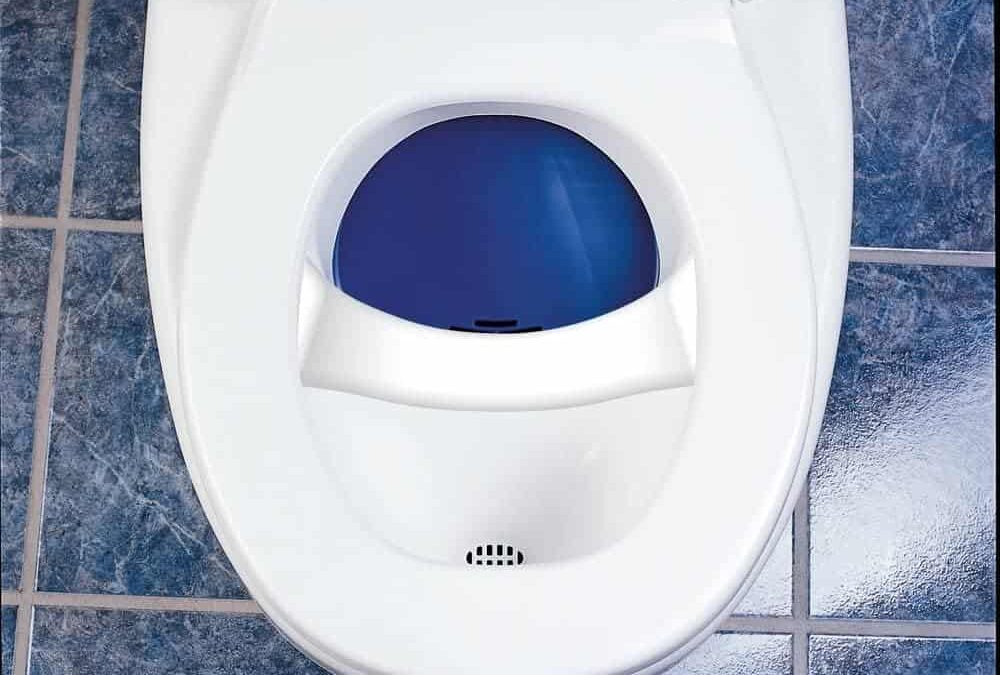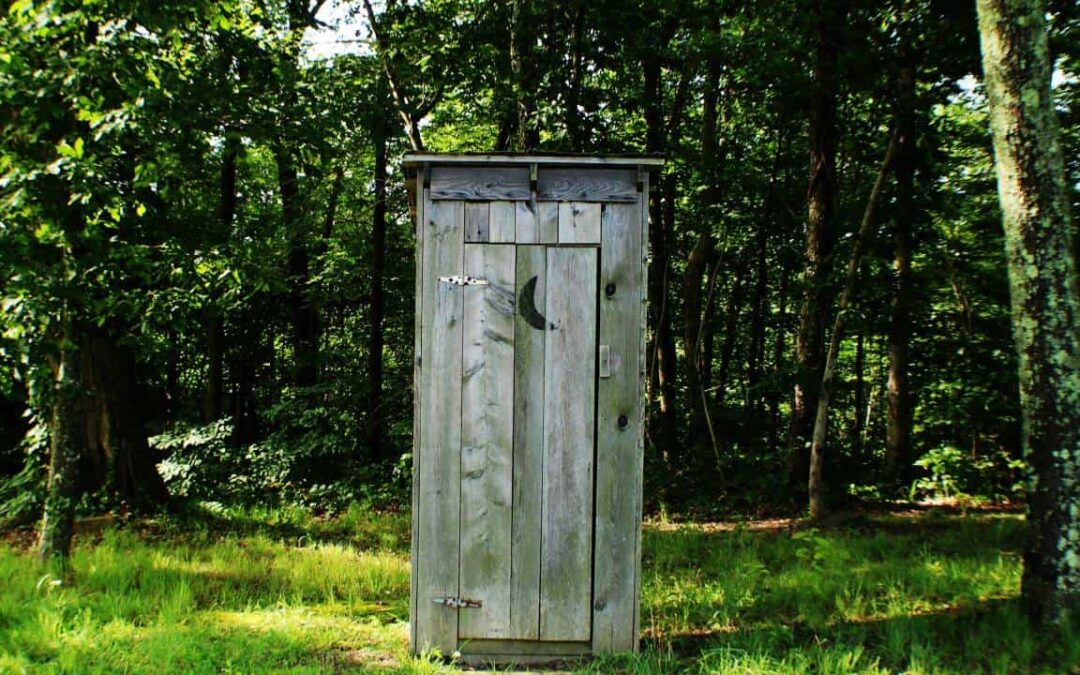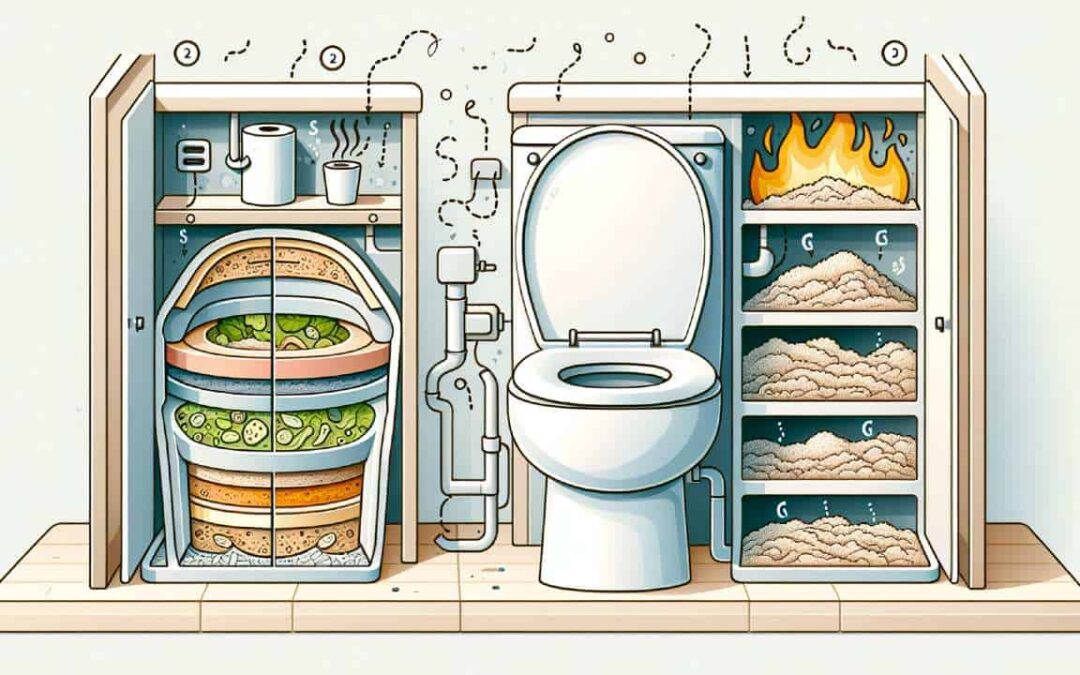Interested in learning anything and everything about composting toilets?
You’ve come to the right spot…
Composting toilets are used most frequently by boats, RVs and THOWS, tiny houses, and more!
In this article, we will go over what composting toilets are, how they work, how to use them, and much more.
Note: Although this article is geared towards tiny houses and off grid living, nearly everything in this article can apply to RVs, boats, and wherever you want to use a composting toilet.
What is a Composting Toilet?
Composting toilets are basically an unplumbed toilet. You use no running water, you simply contain your waste in a container and mix it with a material that breaks down quickly.
This helps create compost from your waste. The first concern for most people is smell. The smell is actually caused by moisture.
Once it is dry, feces has no smell at all. By using urine diverters to route liquid away from solid waste, and venting the holding tank to the outdoors with a fan or a pipe, there is virtually no smell at all.
Toilet paper can be composted in the dry bin as well.
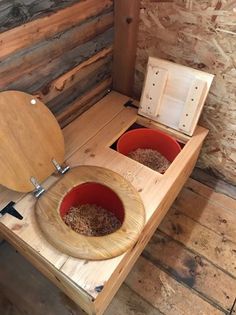
Each time you use the toilet, you add a scoop or two of pine shavings, coconut husks or something of that nature. It absorbs the water content and begins the process of breaking down right away.
When your bin is full, disposing of the contents can be done in a few different ways. You can bag it and toss it with garbage.
Most people who are further away from such resources as the city dump will choose to further compost the mix in a larger barrel outside.
It takes 18 months in a barrel outside to thoroughly compost human waste and at that point, it can be returned to the earth as dirt. Just like rain is evaporated water returning to the earth, so is your poop. It just traveled a different route.
In the end, everything returns to the earth and that is often one of the things that drives many people to want to live off-grid. Personally, my drive is a desire to be better to the planet.
How Does a Composting Toilet Work?
As much as you may not like the idea, composting works well for most applications, regardless of location.
Ask yourself some basic questions –
- Do you want to empty a container and transfer to another container?
- Do you like the idea of having a sealed cartridge that can be popped out and tossed in the trash?
- How do you feel about incineration to ash? Sounds expensive. We’ll talk about it.
- One method uses a urine diverter to route urine to a jug at the front of the toilet for easy removal and emptying. Bowel movements, mixed with sawdust, got to another larger container. Does this intrigue or disgust you?
Living off the grid is going to make you an expert in things that you’d never even thought about before. One of these things is going to be “poop management” and it isn’t as disgusting as it sounds. In fact, it’s easy once you have a clear understanding.
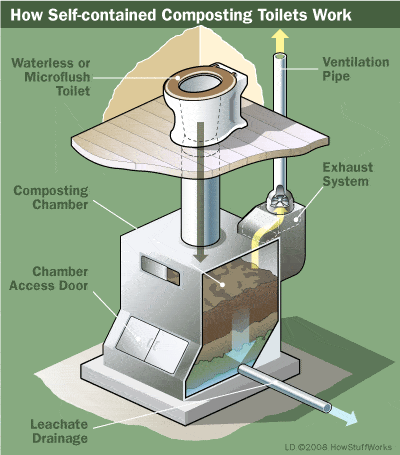
Which leads me to this…
When living off grid, adjustments have to be made and one of those is how we deal with human waste. It’s like a bag that’s always packed and follows you everywhere.
You can’t get around it. It just happens. You can’t stop it. The average person spends the equivalent of 92 days of their life sitting on the toilet.
Let me put this in another way… you spend THREE MONTHS of your entire life, sitting on a toilet.
That is 2160 hours of your life spent making waste. And since the invention of social media, I am going to guess this number has doubled…
If you haven’t given it a lot of thought, this article may change that.
There are several types of composting toilets…
Incinolet toilets
These require power for heat, which is a drawback.
These toilets work by evaporating the fecal matter, using heat to warm it up and promote drying. They need to be properly vented and will typically use a fan to vent the fecal ‘chamber’ to the great outdoors.
Human waste needs to be heated to the proper temperature for the right length of time to be considered sterile. Don’t worry, we’ll discuss proper poop composting temperature and timing in more detail below.
You’re welcome.
Summary: this particular type of composting toilet is ideal for tiny RV homes, known as THOWS (tiny houses on wheels) but not a good choice if you have limited power.
Self-sealing Cartridge Composting Toilet – Dry flush
Hate everything about poop and don’t want to have to see it, smell it, or handle it?
Then you just found your composting toilet soul mate…
It is so simple to use, you’ll forget you’re even living off the grid…
After doing your business, push the button and a plastic bag wraps the waste, seals it and moves it to a container that can be emptied when full of sealed bags.
Like magic.
A plus with this dry toilet — name brand Laveo — there is no smell. I’ve seen and used one and it was pretty nifty.
This does require some power but it is possible to rig this one to a car battery for off-grid application. You could also feasibly operate this one from solar power.
But it’s not all roses and butterflies with this one.
There are some downsides.
For one, unless you have a place to take garbage on a regular basis, you will be left wondering what to do with the cartridges.
Also, the cost of the bags can add up over time.
If you’re anything like me, you’ll find yourself trying to make them last by not flushing, which will have some smell, even if it is just urine. This seems to negate one of the best parts of using this toilet.
But despite the costs of the bags, the cost of the toilet itself isn’t overly expensive. While you can expect to pay $1,500 and more for the average composting toilet, these dry-flush toilets are only a few hundred dollars.
Summary: This is a fantastic option if you are far away from resources like running water and need a self-contained system.
How to Use a Composting Toilet
True Composting toilets
These are self-contained. They will often have a hand-crank on the side for turning your compost inside the bin.
There are several on the market. One I really recommend is the ‘Nature’s Head’ model. You can find them for as low as $960 on Amazon here.
The smell is low to none and the toilet looks like a regular toilet on top.
It even sits on what looks like its own mini septic tank.
This tank works with a urine diverter that directs your urine flow into a bottle at the front of the tank.
After doing your business, just pop the bottle out and walk outside, pour it into the woods, and voila, like magic, your urine is now a part of nature.
Ladies, if it makes you feel any better, men have been doing that without the bottle for years.
Also important to note.
Contrary to popular opinion, urine is fairly benign, but it is not sterile.
Sterile urine is a myth.
Your bladder isn’t sterile and there are bacteria in the urine. That’s a scientific fact.
So… don’t pour your urine in your garden, and make sure to wash your hands.
Pouring it out in the soil around the base of a tree is relatively safe because it will eventually be filtered back up through the tree and released into the atmosphere.
One day, it will return to the earth as rain.
Okay, back to the toilet.
The fecal matter goes into a larger container at the rear of the toilet. Don’t worry about your aim; it falls where it should. I promise.
Once inside that closed container, the matter breaks down.
Then, through a vent hose connected to the back of the tank, the smell is kept out of your house and vented to the outdoors.
Sorry nature.
And without urine in that chamber, the fecal matter dries very quickly.
Although not totally unnecessary, you can run a 12-volt fan connected to the base of the tank to help hasten the drying process.
It’s the moisture that holds the smell. Dry poop is good poop.
You turn the crank on the side of the toilet to break up the composting matter. Add peat moss or coconut fiber to the chamber before use. This encourages the decomposition of your fecal matter. This chamber works exactly like an outdoor yard waste composter that you turn with a crank.
The bin will hold about 80 uses. Obviously, this has variables for how many people are using the system and how much happens during ‘one use’ for each person. Turn the crank after you use the toilet or once per day.
A plus with this system is that you may drop your toilet paper in it to decompose with the rest of your business.
When the bin is full, empty it by putting a 15-gallon trash bag over the top of the container and empty the contents into the bag.
You don’t have to wash the bin.
Why? Because it’s compost.
And compost keeps composting.
Trust me.
Take the compost to an outside compost bin and toss it in. If you use composting trash bags, just toss the bag in.
No muss, no fuss.
Human compost should be left to compost for at least 18 months before using it, and needs to heat and stay hot.
Cover it with black plastic, and you won’t have any issues. Compost creates its own heat.
After 18 months, you can spread it out over the ground out the back of your lot.
At this point, your poop is now dirt.
Check ’em out on Youtube below and on Amazon here – they look even cooler in video.
Tiny House Composting Toilet
As you can see, you have a lot of choices. Here are some tips:
Know what is legal in your area.
Not all municipalities, state, or county will allow composting toilets. And some local ordinances require that you be grid-tied; this includes septic.
Don’t invest until you educate yourself.
You may be required to have a septic tank installed before making any improvements to your property. Know what the rules are before you invest in the land. A septic tank can be a very costly endeavor. You’ll definitely want to know this before you finalize your land purchase.
Choose the system that works best for you.
The above are not the only options available, and since everyone is different, there is not a one size fits all approach.
It is possible to make your own composting toilet for a few dollars.
Yes, that’s correct. You can build your own composting toilet with some lumber, a five-gallon bucket and a urine diverter that can be bought online.
All for less than $20.
You can even have a trash bag in your bucket so you don’t have to struggle with dumping.
That’s the part nobody likes.
Then, you can either:
1. Stir your bucket by snapping a lid on it and rolling it back and forth …
Or if you’re like most people…
2. You can skip that part and add sawdust or coconut fiber to the bucket each time you use it. Stirring it would just speed the composting process.
Just like with the composting toilets you can buy in-store, all the same rules apply.
You’ll do the same amount of work as if you’d paid $1,000 for a composting toilet made from plastic.
The $1,000 toilet might be prettier but you can get creative with the one you make.
And if you are new to woodworking and power tools, and would rather not use them, you can even buy a basic homemade composting toilet from any person who is making them for extra cash.
By building your own composting toilet, you can save yourself hundreds of dollars, maybe even thousands.
Who thought that pooping could be so fun?
Think of all that money you are saving each time you use your own composting toilet.
You are saving water, money, the planet, and creating your own dirt.
What could be cooler?
Some Composting Ideas
You may not be keen on having your compost sitting outdoors in an open bin.
Thankfully, there’s a solution.
For just $20, poop-holding barrels can be purchased, sealed and dated.
Just make sure to run a small pipe from the top for off-gassing and to allow moisture to escape. Remember that moisture is what we need to get rid of to create compost.
Tap a small hole in the center of the barrel with a thermometer to be left in the barrel so you’ll be able to watch the temperature.
Date your barrel with the final day it was filled to the top. From that day, leave it alone for 18-months.
Roll it once a month to stir it up good. Because it is sealed, this is a good no-mess solution
After 18-months of time in the barrel, you can open your compost bin.
Inside you will find rich, black dirt.

Because you will fill up more than 1 barrel over an 18-month period, you will need to have several barrels.
Either that or you could empty the barrels into one big pile after the first 6 months and cover it with black plastic to allow it to heat and stay dry.
There are many ways to help the compost do its processes of breaking down.
There are a ton of books you can read on the subject
One, in particular, that’s very popular (and my personal favorite), is called “The Humanure Handbook.”
It is hands down, the best book on the topic that you’ll find.
And remember…
Try not to let the idea of composting your own waste bother you.
It simply has to be dealt with if you are going to live off-grid. And let me be clear…
You do not, I repeat do NOT, need to spend a fortune on composting toilets.
But it all boils down to your comfort level with handling the tasks.
As a reminder, always wear gloves, wash your hands thoroughly, keep containers sealed, and you’ll be fine.
Never fear. There is a toilet for you out there somewhere.
Thinking about buying a composting toilet? Check out our Best Composting Toilets Review page here.
